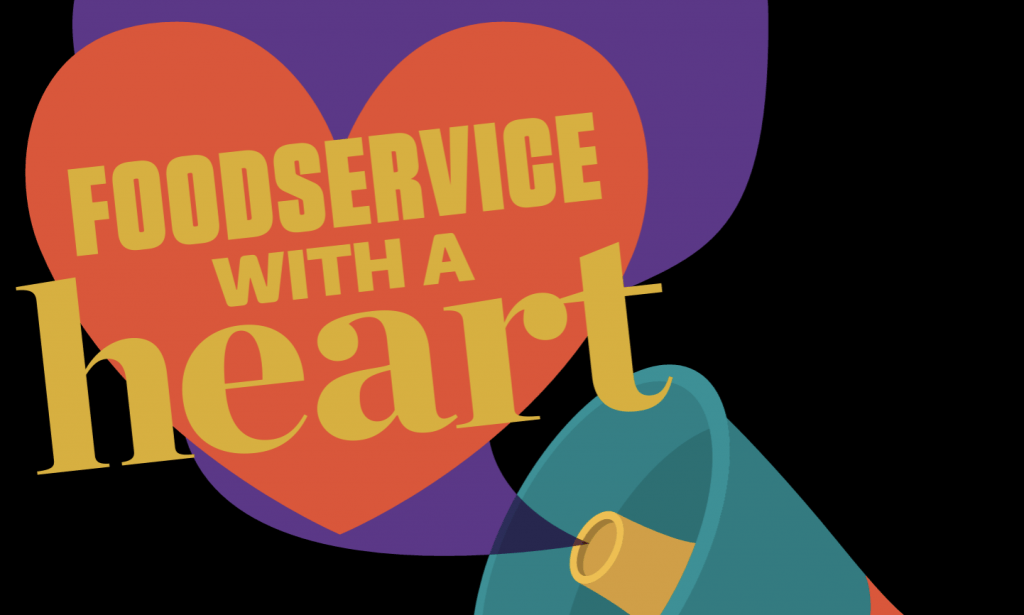
In the past few years, Peruvian food has been dominating the food scene as the hot new trend. From London, to New York, then onto Australia and other parts of the world, Peruvian restaurants are springing up. Food festivals celebrating Peruvian food were held recently in China, Ecuador, New York, and Moscow. For the last two years running the two top spots in Latin America’s 50 Best Restaurants were taken by restaurants in Lima, Peru. In many countries there has been an increase in Peruvian food imports.
Even Pizza Hut in the US is capitalising on the popular cuisine, highlighting Peruvian cherry peppers on its latest menu relaunch. But people are now asking: is Peruvian food just a trend or will it create a lasting impact on the global culinary world?
Top Peruvian chef Gastón Acurio tells me: “Every day, three new Peruvian restaurants open somewhere in the world, from Finland to Australia, and the type of Peruvian cuisine will range from fine dining to food trucks.”
Clearly this is a global phenomenon, but outside Peru, which cities have the most Peruvian restaurants?
Acurio, the Peruvian chef behind more than 30 restaurants in more than a dozen countries – and the unofficial ambassador of Peruvian food – easily rattles off the list: “Miami in the US; then Buenos Aires in Argentina; Madrid and Barcelona in Spain.” Acurio continues: “In Japan, in one year the number of Peruvian restaurants rose from three to 35 restaurants by the end of 2014.”
Acurio is in Singapore for Asia’s 50 Best Restaurants 2015 participating in masterclasses and the food summit. But he is only a quarter of the Leche de Tigre gang, along with Virgilio Martínez of Central, Latin America’s best restaurant according to the list and now fourth in the World’s 50 Best Restaurants – a huge jump from 15th in 2014; Mitsuharu Tsumura of Maido (seventh in Latin America’s 50 Best); and Rafael Piquera
of Maras. Leche de Tigre, or Tiger’s Milk, is the marinade of lime, chili, onion, garlic, ginger and coriander used to ‘cook’ the ceviche.
“We are in Singapore to share our ceviches, a little bit of our culture, and to inspire everybody to visit our country and fall in love with our products and ingredients,” Acurio says. “We are representing millions of farmers in our country, thousands of fishermen, and thousands of Peruvian chefs, working together with the movement we have been building these past 12 years. The main idea is to use food and cooking, and in this case Peruvian food, as an instrument to promote our country.
“We have not invented any recipes. We use the recipes our forefathers designed and conceptualised hundreds of years ago. We celebrate our biodiversity and our agriculture. We do our best to build a new product called Peruvian food for the world.”
A culinary marriage
What exactly is Peruvian food? The four chefs take turns to outline one facet of the cuisine. Tsumura explains Nikkei cuisine. Nikkei is the name given to the Japanese emigrants to Peru and their descendants. It also refers to the marriage of Japanese and Peruvian cuisines. The Japanese first came to Peru 115 years ago, resulting in this uniquely Japanese-Peruvian fusion cuisine.
But cultural diversity is not limited to Japanese influences, China, Italy, and Spain have their say as well. In Lima, Peru’s capital, the cultural diversity of domestic migrants cannot be ignored. “With the economic problems in Peru, many people came to Lima in the past 100 years,” Acurio says. “We’re living in a multicultural society. Right now, this is our biggest asset.” Acurio points to the mouth-watering results: “You will find a different style in every chef, even if we are all Peruvian.”
The Peruvian palate is diverse. The four chefs explain that although a typical Peruvian will eat ceviche every week, he will also eat a plate of Chinese fried rice weekly. But the Peruvian palate appears ready to expand its boundaries to more sophisticated cuisine. “In Peru, we have only 15 years of fine dining experience. It is still very new to us,” Martínez says.
Yet, despite it being so new, Martínez’s Central managed to top all the restaurants in Latin America. He uses 100 percent Peruvian ingredients in Central. Every plate has a strong sense of place, capturing the rich biodiversity of Peru. His tasting menu offers the chance to experience Peru’s different altitudes, “You have one dish coming from sea level and experience only ingredients from that eco-system,” he says. “Then for another course, you can have ingredients only from up in the Andes, 4,000 metres above sea level.”
Discoveries shared
Martínez founded Mater Iniciativa, an interdisciplinary group collecting ingredients from all over Peru, bringing them to the restaurant. They document their findings on the group’s website so other chefs can learn about them, too.
“I have been asked many times, ‘How did you arrive at promoting Peruvian food all over the world?’” says Acurio. “First, we have a huge biodiversity of ingredients. Second, we have hundreds of recipes we are trying to put online. Third, we are a multicultural society, which means we will have something new and different from other food cultures.”
“But the most important reason is that we don’t compete. We share. We are part of something bigger than our own dreams. We are representing a huge community of chefs. We are close to customers, and we can be a voice to our farmers,” he concludes.
The Tiger Milk gang does not compete against each other for customers or rankings, and work for a common goal instead. “We are not here in Singapore selling our restaurants. We’re here because we represent something big – something more important than us. We are doing this for our country,” he explains.
When I ask Martínez about the camaraderie and unity among Peruvian chefs, he seems amused. “As Peruvians, we’re disorganised. But with gastronomy somehow things work. I think it’s because we do it with a willing heart and authenticity. We feel the passion.
“We have to work this way. There’s no other way,” he says matter-of-factly. This concept may be difficult for some people to understand, but to him it is simple. “We are not competing, because when you come to Peru you will probably come to my restaurant. Then, you will go to another restaurant,” he explains. “We want to build a city with lots of options. When someone opens a small casual restaurant, we support that guy, too. We go out together, and we call the guy to see how we can help him.”
Enduring legacy
Similarly, his fellow Peruvian chefs are ready to offer him help. “When I don’t understand some ingredient, I just call any of my fellow chefs – who I’m supposed to be competing with – and he helps me,” Martínez says.
The Tiger Milk gang’s virtue of co-operation is infectious. And the other virtue of the Peruvian chefs is humility. “Everybody says Peruvian food is going to conquer the world,” Martínez says. “But I don’t like this. It is aggressive. We don’t want to be trendy. We want an enduring legacy for Peruvian food.”
The Peruvian government shares this vision to put Peruvian cuisine on the global stage as a permanent feature. In March, Peru’s foreign affairs ministry announced that all of its 131 diplomatic missions were working to promote Peru’s gastronomy. The aim is to invigorate trade, expand inbound tourism, and strengthen culture and national identity.
With talented chefs willing to put egos aside and work together to showcase their ingredients, food producers and their biodiversity, alongside a government on the same page, Peru has a chance to earn a lasting presence in the global culinary landscape.
Maida Pineda




